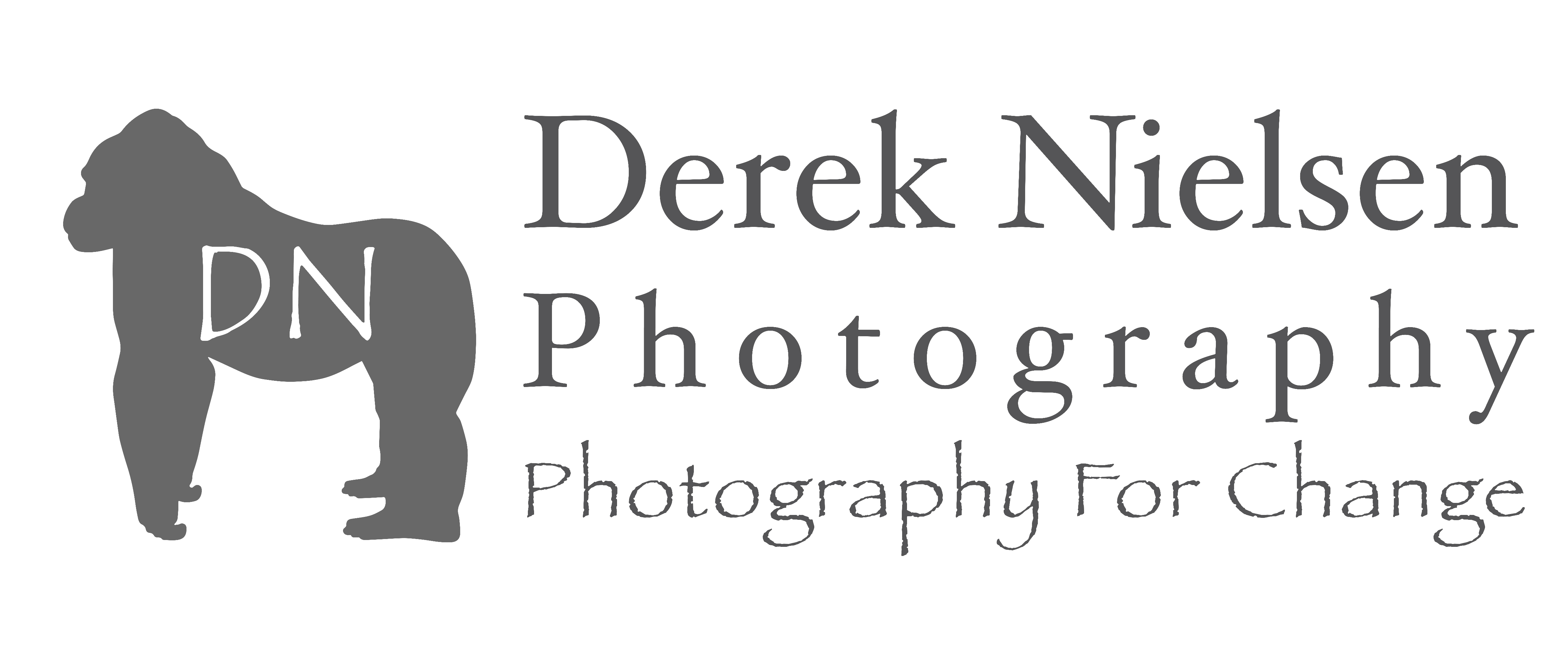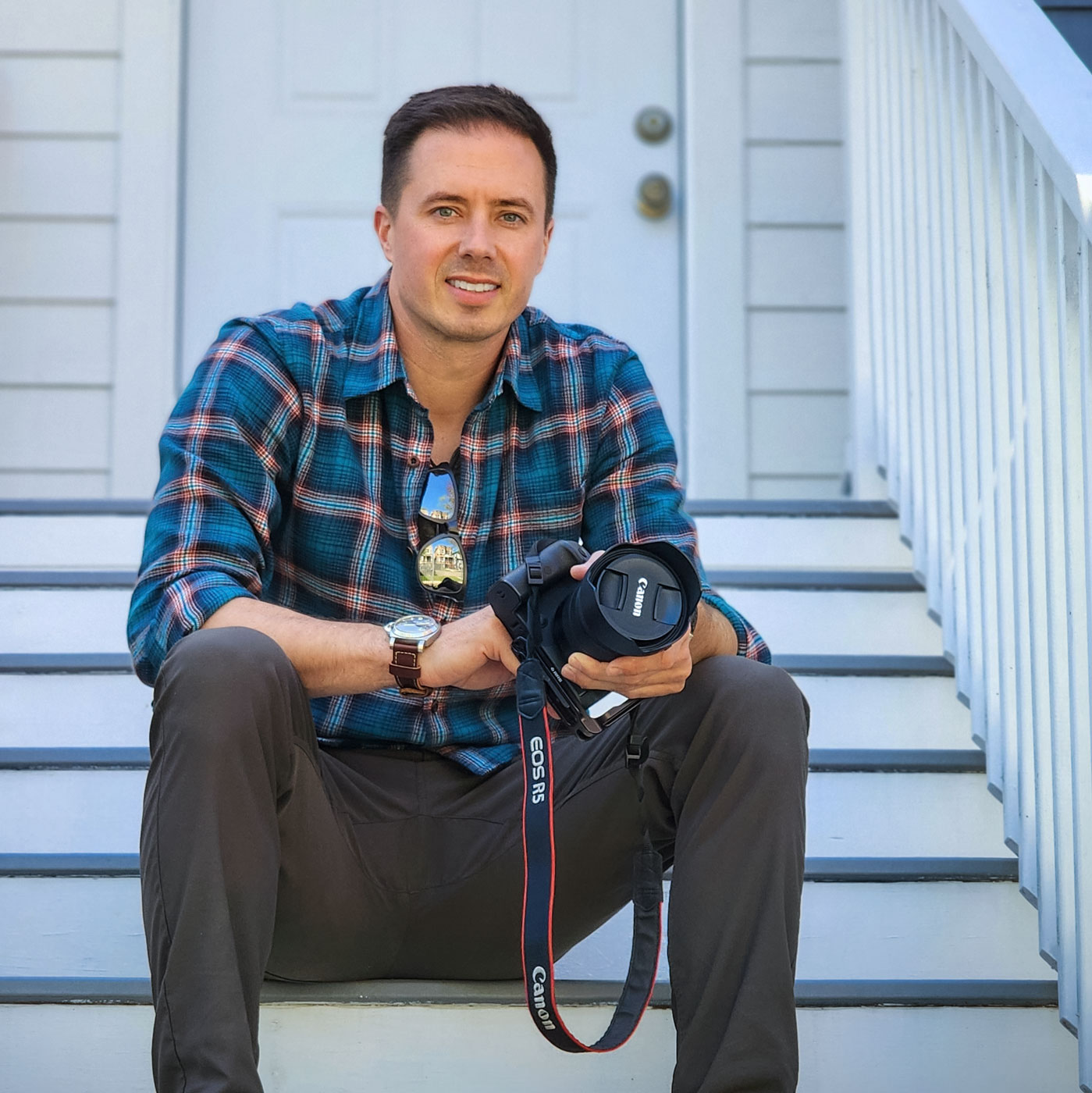
A personal brand is your reputation, but so much more. In today’s ever-growing digital world, people have access to our information, both personal and professional, more than ever before. Do a quick Google search of yourself and see what comes up. What you are looking at is your online reputation. It is your profiles across social media, biographies from organizations you belong to, and profiles on your company’s webpage. However, it is also what other people have written about you through interviews and reviews, and probably a few of you are not sure how you ended up on their page.
What Is A Personal Brand?

Whether you know it or not, every single person on earth has a personal brand. So, what is a personal brand? Ultimately, a personal brand is your reputation through all circles of your life. It can be how your customers, colleagues, friends, and or family see and speak of you. More importantly, how they speak of you when you are not around. In today’s digital world, we also have a digital reputation people see when they search for us. Brand Builders Group, a trusted expert personal brand building company, defines a personal brand as the “Digitization Of Your Reputation.”
What A Personal Brand Is Not
A personal brand is not a resume or CV or the bio on your LinkedIn profile. It is not what you tell the world about yourself. A personal brand is not your job title. Your personal brand is not a persona you deliver through your social media content. Have you ever met your favorite celebrity only to walk away thinking wow, that person is actually a jerk? Now, everyone has their bad days. But, if enough people begin to have the same experience, no matter how great of an actor or athlete they are, they won’t be able to fix their personal brand without working on their personality traits.
Who Needs A Personal Brand?
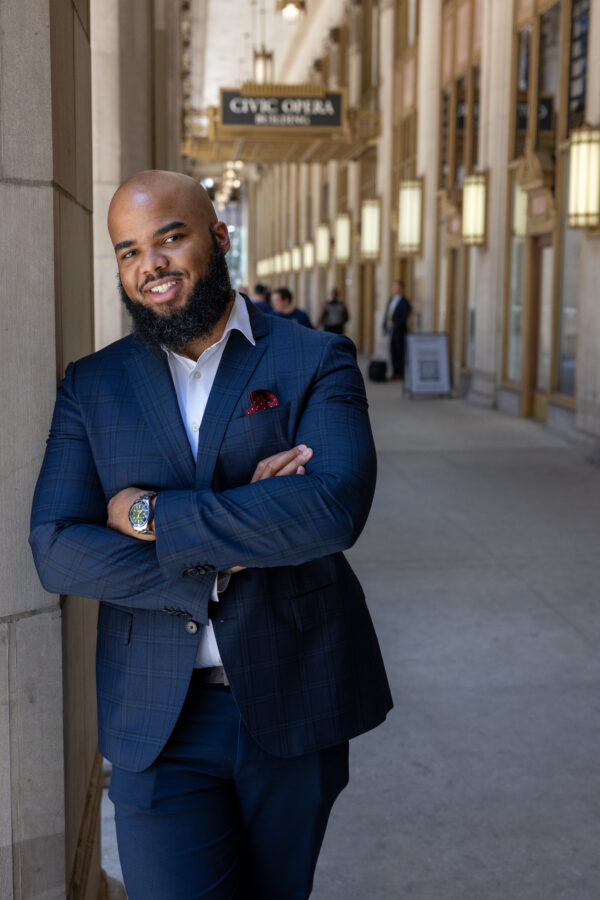
I could argue that everyone does, but if you have a job or career, then not only do you already have one, but there is a good chance you will benefit from spending a little time refining it. A strong personal brand conveys confidence and competency. It is one of the best ways to form a personal connection with potential clients, potential employers, or people inside your organization you have not met. Through careful curation, the best personal brands promote your skill sets, core values, and accomplishments 24/7. They act as your own personal hype man even when you’re off on vacation enjoying your personal life.
How To Build A Personal Brand

The curation of a personal brand should be strategic. Just like most things in life, planning will help you get the most out of time and effort. Follow these critical steps to help reach the right people. Share your greatness with the world in a well-thought-out, organized, consistent way.
1. Get Clear On Your Message
Take a long look in the mirror, drown out the noise, and take a deep dive into your core values. Your personal and brand identity depends on your understanding of yourself. The following questions will help identify key pillars around which to build your brand.
- What do you want people to know about you? What are your hobbies, personal interests, career goals, or things that inspire you?
- What do you shy away from? What are the contentious topics you try to avoid or issues you do not want to be associated with?
- What skills or talents are you most proud of? These can be personal or professional, but deep down, there are things you are just really, really good at. Identify them and share them.
- What are your defining characteristics? Ask a friend or family member, or both to write a paragraph describing you as a person. Someone you have a strong relationship with might know you better than you know yourself.
- Who do you admire both personally and professionally, and why? What influential people in your life do you aspire to be like? This could be a friend, pastor, boss, thought leader, or even a business leader you have never met.
- What is your uniqueness? We are all unique. We get in our heads all the time, but believe it, you are unique. (this will help determine your unique value proposition later)
- What are your goals, both short and long-term? One of the easiest ways to connect with someone is finding a common goal. Identify yours. Goals are really important for personal and career development.
- What do you want your legacy to be? What will be said at your funeral? Morbid, I know. But, at the end of the day, what do you want your lasting legacy to be?
- How and why have you lived the life you have? You have arrived at this point in your life. Can’t change that. But what led you here and why?
- What impact do you want to have? Do you want to change the world, your industry, or maybe just one person?
2. Audit Your Current Brand Equity

Where you are at in this current place in time is simply where you are at. This is an opportunity to introspectively deep dive into everything you are, what you’re known for, and your reach across all channels of your life. There is no shame or patting yourself on the back too much during this process. The whole point is to get a real grasp on where your personal brand currently stands, to help you point it in the direction you want it to be. If you find this difficult, ask people from different parts of your life to answer a few open-ended questions. “What are a few qualities of mine you would describe to a stranger?” “In a few words, how would you describe my personality, both the good and the bad?”
Think about three categories: Professional, Social, and Cultural capital. In an article by the Harvard Business Review article, they describe this process as following.
“First, catalog your credentials, such as your education, significant professional or personal experiences, and achievements. Then, outline your social connections and relationships within various groups and organizations. That will help you gauge your current level of social capital and understand and leverage it. Next, analyze your cultural capital—the expertise you’ve developed through your upbringing, interactions, hobbies, and interests that allows you to operate smoothly in different milieus.”
3. Define Your Target Audience And Direction

Now you know where you are from your audit, spend quality time defining where you want to be in 1 year, 5 years, and so on. This will evolve on your journey, but define your “WHY.” Are you looking to become an expert in a particular field respected by all in that space? Do you want to gain a foothold in the creator economy? Are you hoping to land corporate brand deals with companies that excite you? Think about your unique value proposition. How does what you offer to serve the audience you want to attract?
4. Polish Your Messaging
This is where you get to form a personal brand statement. I strongly believe this needs to come in two forms. One is something similar to an elevator pitch, where you get the key components across quickly. Then, a longer version with a personal narrative or story. Think of times when you were in “FLOW” where you were living, breathing, and radiating the best version of your personal brand to an audience. When your uniqueness was on full display, making you stand out from the crowd. Channel those moments from real-life experiences when crafting both your elevator pitch and your story.
- Elevator Pitch – Keep this short. Three sentences max. Shopify has a great formula on their website to get you started but certainly adjust it to fit you and your brand the best.
I’m [INTRODUCE YOURSELF: NAME, DEFINING DETAILS, CREDENTIALS, WHAT YOU CARE ABOUT]. I offer [PRODUCT/SERVICE] for [TARGET MARKET] to [VALUE PROPOSITION].
- Personal Narrative – This is your opportunity to shine like the badass you are! Tell us where you came from, who you are now, and how your value proposition will make an impact on whatever audience you are trying to reach. This is your opportunity to be vulnerable. Connect with a wider audience who most likely sees your valuable content as refreshing and authentic. StoryBrand provides a nice blueprint for storytelling. However, try your best to keep your message from turning into a corporate mission statement. Be yourself!
5. Create Professional Currated Visual Stories
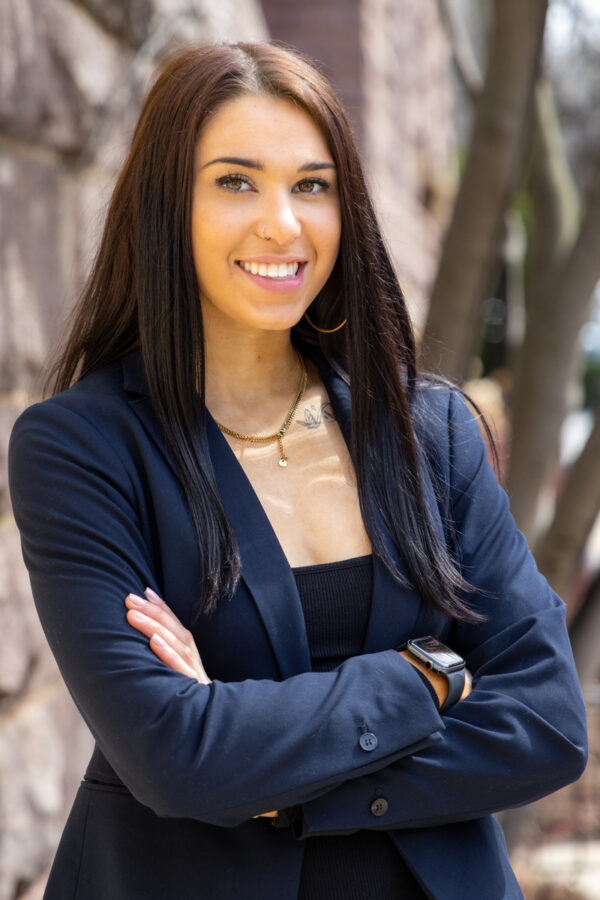
A picture says more than a thousand words. It elicits emotions, casts a first impression, and sets the bar. If you are trying to appeal to professionals, take a selfie with your cell phone, then add it to your social media profiles. You are sending the wrong message from the start. Hire a professional photographer and graphic designer to help you build the foundation for your brand. Take up to five headshots or portraits that can be used for various purposes. Do several outfit changes during your personal brand photo session and change locations. This will allow you to post professional photos of yourself on several different platforms while giving your appearance a fresh look each time. Take this step seriously. Effective personal brands send a message to the world that your value should be taken seriously from the first look.
6. Live Your Brand And Be Consistant

Now that you have established all that you want, want to be known for, and the kind of messaging you want to bring to the world, you must stay on message. Be consistent. If you are someone who shares their personal values with the world, don’t post something that goes against those values.
Here is an example. Say you post about teamwork and building a strong culture at your workplace. Don’t post on social media how your boss is clueless or upper management is losing touch with reality. One of the most important things is to stay on brand. Everything you post, say, or write that goes out to the world either brings you closer to where you want to be or pushes you further away. Let your own personal brand be the home base for inspiration. If you need to vent, write in a journal or tell your significant other.
A word of caution – Authenticity is one of the most important parts of building a personal brand. However, social media platforms are full of people who are mean, cruel, and miserable with their own lives. Ultimately, you get to decide what you share with the world. As a content creator, your personal and professional life will be out in the open for people to see. Prepare yourself for the good, the bad, and the ugly. Negative comments hurt no matter who you are. Find ways to protect yourself from them. Remember, your authentic brand is yours to control. Have a positive impact on the world, and please don’t let the negative voices derail you.
7. Build A Community
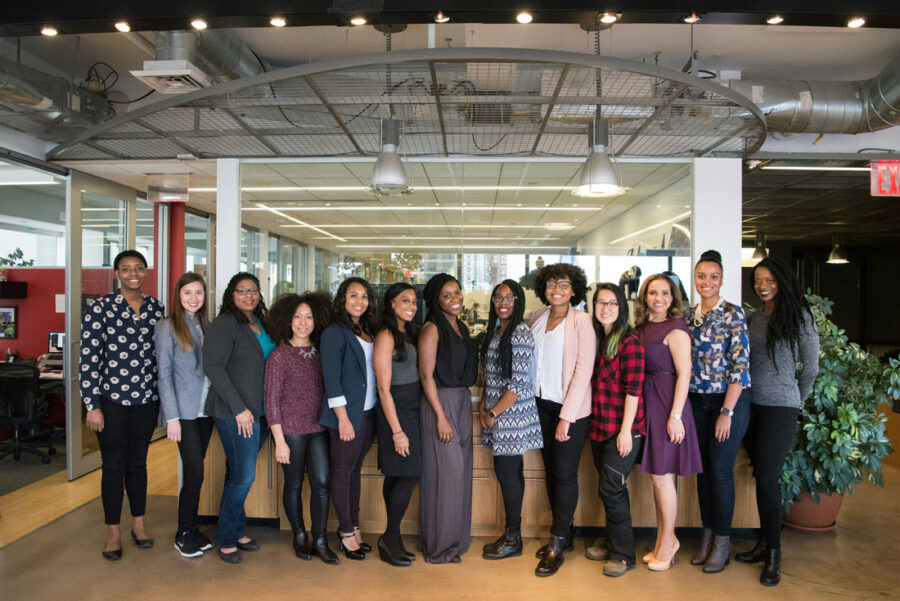
Building a community is an important step in your personal branding strategy. Look for professional networking communities with like-minded interests. As a nature and wildlife conservation photographer, I am a member of several networking groups in my home city of Chicago, such as Chicago Climate Connect. Look to see if there are organizations you can join or become a board member. New opportunities arrive from every interaction with strangers.
Outside of a physical community, build a strong online presence. Join LinkedIn and Facebook groups. I grew my own following to over five thousand followers on Facebook by posting and commenting in groups with similar interests in only a matter of a few months. Be consistent with your social media presence. Carve out time in your schedule to bring value to your following. Be intentional about messaging. Using content organizers like Atlassian or Meta Business Suite to launch and keep track of content is really helpful.
8. Use Your Personal Brand Analytics To Understand Your Audience
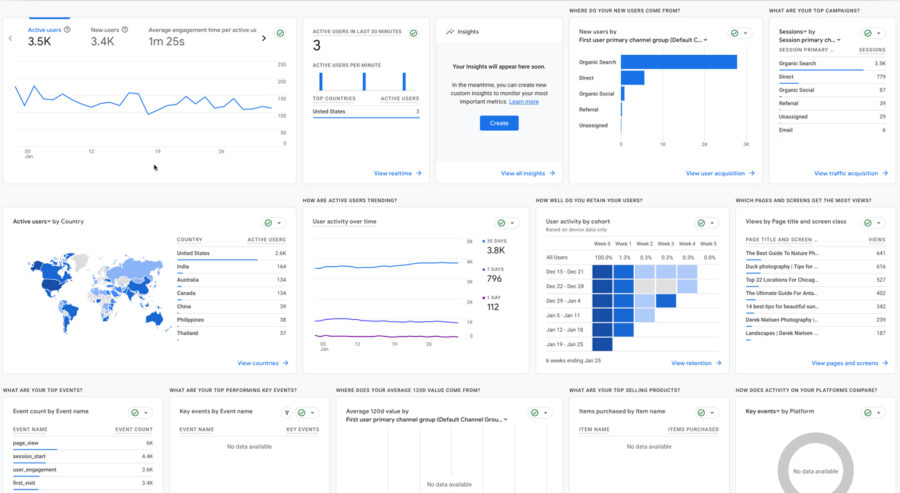
As I mentioned in the above section, keeping track of how your content is performing is very helpful when determining how to serve your audience better through analytics. Use this information to see what content is performing well and what may be missing the mark. AB testing or split testing is a method of sending out two different forms of the same content and tracking which one outperforms the other. In Meta Business Suite, most CRM (Customer Relationship Management) software, and website design platforms, AB testing is used to help you fine-tune your content but also your visitor experience. Anything from font type to website color to any kind of social post you can think of can be AB tested.
9. Reevaluate Your Path Often
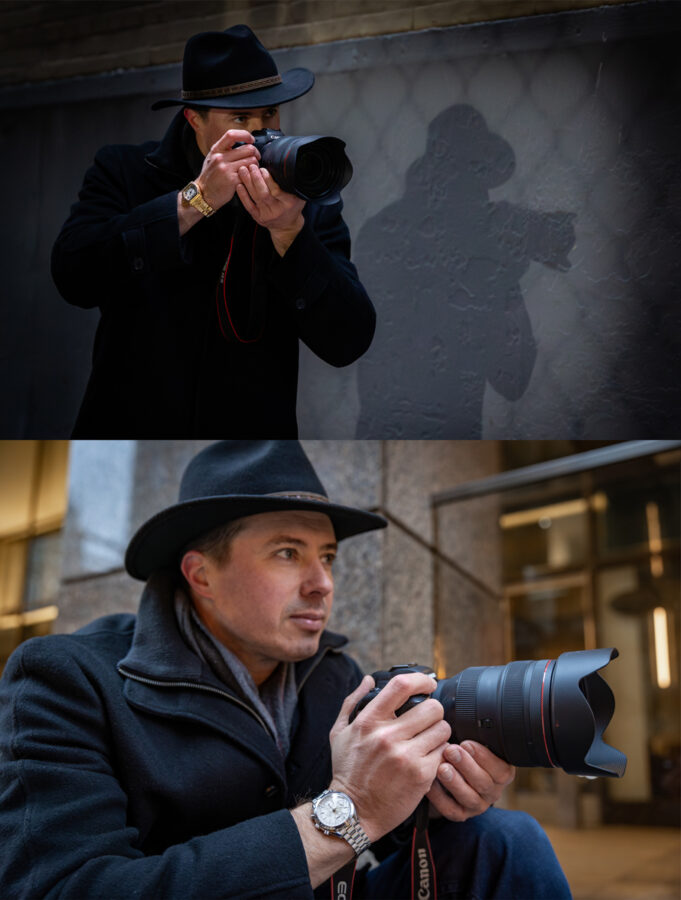
If you are anything like me, seven on the Enneagram scale, I get easily distracted. Reevaluate your personal brand often to make sure your core values and the direction you want to go are still in alignment with where you started off. Shifting focus and direction is natural the more we learn and evolve as people and as a brand. My own perspective changes all the time to new information I am exposed to. We learn new professional skills, enter leadership programs, pursue advanced degrees, and, most of all, grow from our experiences. Look at the most successful personal brands in the world, such as Oprah Winfrey and Richard Branson. They are constantly evolving through the different seasons of their lives.
10. Create A Home For Your Personal Brand
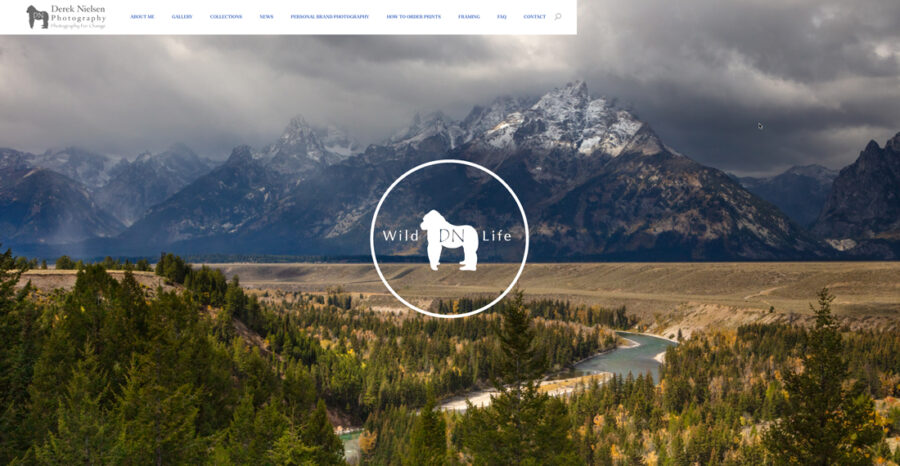
As a large portion of content creators saw in late 2024 when TickTok was about to be banned in the United States, erasing some creators’ entire incomes, having a home where all your content is funneled back to is crucial. Social media influencers hopefully realize that they do not own their handles on the various platforms but are only renting free space on them. With the flick of a switch, it can all be lost. BUILD A PERSONAL WEBSITE! Yes, I annoyingly put that in all caps because it is that important. I own www.dereknielsen.com. This is what my entire business revolves around. People can buy my fine art prints, book personal brand photo sessions, and read my personal blog posts about relevant topics I write about my brand.
If [ INSERT YOUR NAME . COM ] is available, and I would highly recommend buying the domain. However, if it is taken, don’t panic. George Clooney, Nissan, Warren Buffett, and Johnny Depp all don’t own their respective domain names. Others like Facebook, McDonald’s, and Tesla had to acquire their domain names from clever purchasers later. If your name is taken, be creative, but don’t go too far off-brand when deciding what domain you want to send your online audience to.
How To Monitize Your Personal Brand

You have done all the hard work. Now, it’s time to reap the rewards! Not so fast. Brand monetization is a powerful way to make extra income, even passive income, from the growing strength of your personal brand. However, avoid the temptation to make quick money over the necessity to stay on brand with your messaging. I was approached by a battery company based out of China to promote their product. While researching this company, I discovered several environmental and human rights abuses they were accused of. Now, if I choose to work with them as a conservation photographer and environmentalist, how would my audience have responded if they found out I was promoting such a product? Not a great look, and most of all, I would damage my reputation.
Best Ways To Monitize Your Personal Brand
- Coaching – You are now an expert in your respective field. Because of your growth, you are best positioned to serve the person you once were. Coach younger or less experienced people interested in gaining your wisdom through coaching or paid mentorship. You can help someone starting out avoid all the mistakes you made. People are willing to pay for that advice.
- Advertising – By building a strong personal blog, newsletter, or other forms of information deliverables, companies can advertise with you on your platforms to your audience for a fee. Websites like kit.com help you iron out the details.
- Paid board positions – When your brand becomes recognized by industry leaders, let it be known that you are willing to offer your expertise to a board. Positions on boards open quite frequently, and board recruiters look for popular people in aligned industries to fill these spots.
- Public speaking – Industry events always look for experts in the industry to speak to an audience. This could be at conferences, corporate events, or as a keynote for a fundraiser. Start by building your public speaking resume at free events. Join organizations like Toast Masters to polish your skills. Build your speakers package so when recruiters find you, they have specific criteria to review. Speakerflow identified six key areas to include in a speaker package: Title or headline of your speech, length, content, key takeaways for the audience, promo video of recent speeches, social proof, and testimonials.
- Sell digital products – These are your courses, masterclasses, e-books, downloadable products, and coaching. Basically, package your knowledge and sell it to anyone who is in the market for the content. After all, in 2023 the E-Learning market was valued at $263.5 billion and is expected to climb to over $1 trillion by 2032.
- Brand deals – Brands that want to use your industry leverage to promote their products will pay for product placement or paid social media posts. It is a good idea to create a template you can share with brands as to what you charge for social media posts and other various forms of advertising. Know your audience demographics to inform your potential client of your engagement.
- Affiliate marketing – When you write blog posts or add information about the products you use in the descriptions of podcasts and YouTube, often the products link to somewhere to buy them. A code is written into the link, letting the company know that the customer landed on their page through you. Depending on the arrangement, you receive a commission when a purchase is made.
- Social media – Outside of brand promotion social media companies also pay brands based on performance of interaction. Facebook pays me roughly $100 a month to post and interact with my audience. They do this because I am providing value to my community…and the community is coming to Facebook to interact with me. As your following grows so do the rewards. Most social media platforms offer performance-based bonuses for content creators.
Personal Brand vs. Business Brand
We are all representatives of our organizations, no matter how big or small of a company we work for. However, your business brand encapsulates the entire business. This is your customer care, tech platform, responsiveness, customer relationships, and so on. When you tell someone you work for [ fill in the blank / company ], they form an opinion based on the company’s overall reputation. You, however, can have a very different reputation. I am sure we all know good people working for bad companies and vice versa.
Hiring A Personal Brand Consultant
A personal brand consultant helps you thoughtfully audit, design, and execute your personal brand strategy. They ask the right questions to help you get clear on your messaging. They hire a photographer to create professional portfolio headshots and help design a cohesive presentation. This includes fonts, graphics, and color schemes.
Do You Need A Personal Brand Logo?
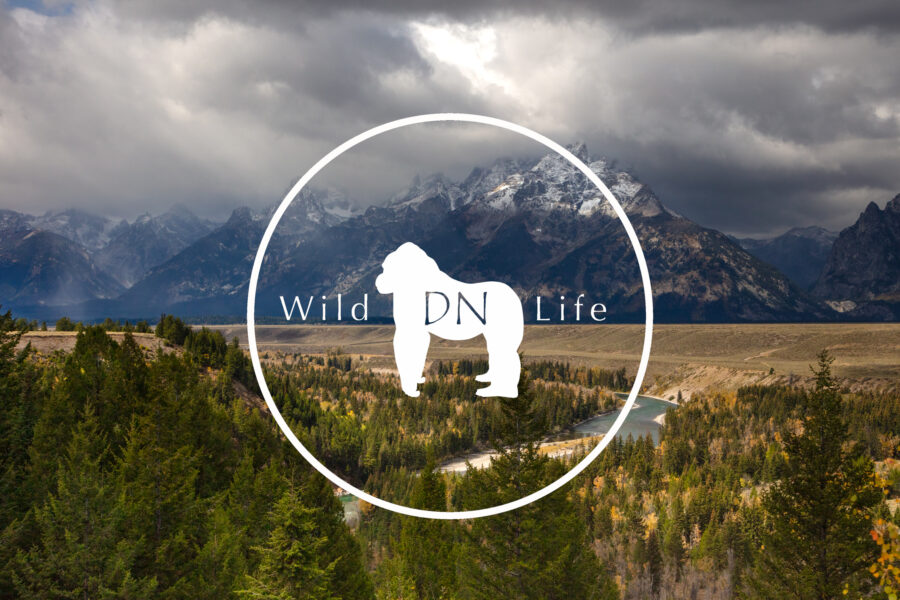
You do not need a personal brand logo. Now, if you want to monetize your brand, it does help, particularly when the brand becomes more recognizable. It can be as simple as a digitalized version of your signature or something a little more graphic-driven, like my gorilla silhouette above. Keep it simple. Work with a graphic designer to shape your logo into something that aligns with your brand.
We All Have A Personal Brand

”We all have a personal brand by design or by default” – LIDA CITROEN. What we choose to do with it is something entirely different. Be creative and see yourself for what you are: unique and valuable. Your personal brand does not have to be on the same level as GaryV or Mel Robbins to provide value and, in return, make you money. Follow these essential steps to building a personal brand. When and if you need help crafting the visual mastery behind it, let’s talk. Now, go out there and unleash your greatness. Stop playing small. It is time to share your powerful uniqueness with the world.

Hello! I'm Derek.
DEREK NIELSEN PHOTOGRAPHY RAISES AWARENESS ABOUT THE GLOBAL NEED FOR CONSERVATION THROUGH PHOTOGRAPHY AND DONATES UP TO 15% OF ALL SALES BACK TO ENVIRONMENTAL ORGANIZATIONS AROUND THE WORLD.
